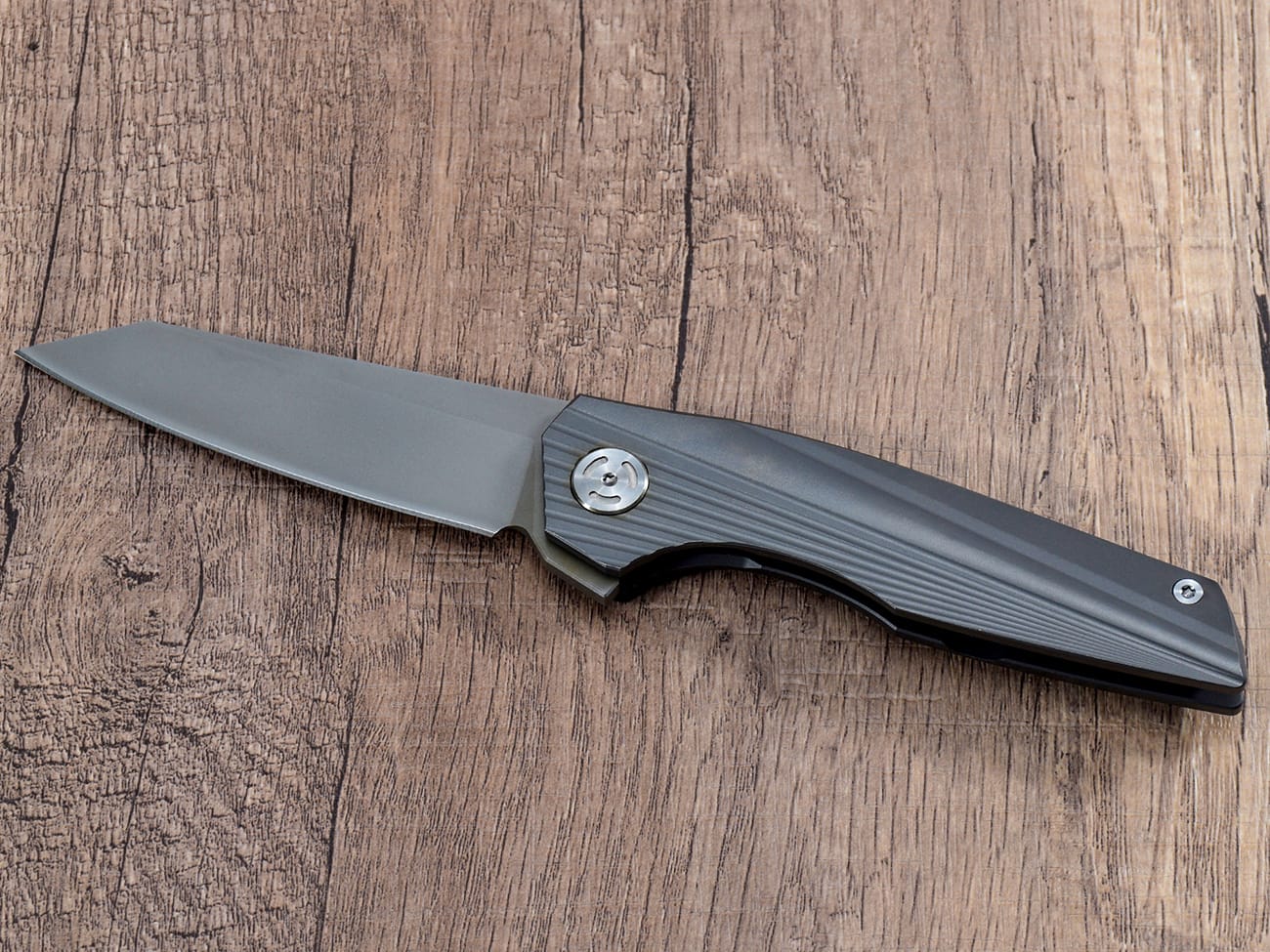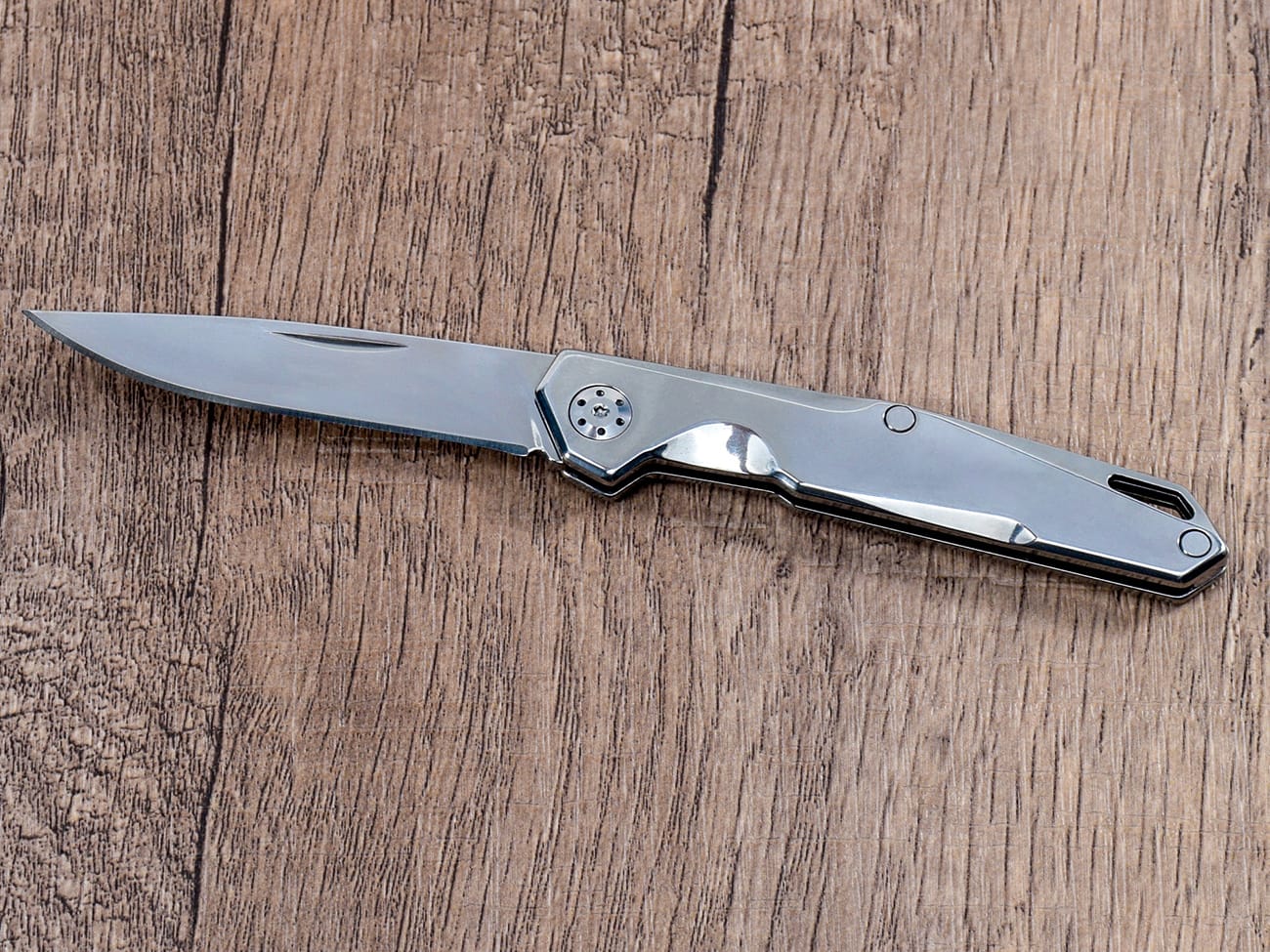Are you looking for a unique woodworking project that combines craftsmanship and functionality? Making your own wooden knife is a rewarding experience that allows you to create a beautiful and practical tool. In this comprehensive guide, we’ll walk you through the process of crafting a wooden knife, from selecting the right materials to adding the finishing touches. Whether you’re a seasoned woodworker or a beginner looking to try something new, this article will provide you with the knowledge and inspiration to create your very own wooden masterpiece.
Why Should You Make a Wooden Knife?
Before we dive into the step-by-step process, let’s explore why making a wooden knife is a worthwhile endeavor:
- Develop woodworking skills
- Create a unique, personalized tool
- Explore sustainable and eco-friendly materials
- Enjoy a satisfying and creative DIY project
- Produce a functional piece of art
Now, let’s get started on your wooden knife-making journey!
What Materials Do You Need for a Wooden Knife?
To begin your wooden knife project, you’ll need to gather the following materials:
- Hardwood of your choice (e.g., maple, walnut, or cherry)
- Sandpaper (various grits)
- Wood glue
- Food-safe wood finish
- Clamps
- Saw (hand saw or power saw)
- Carving tools or a sharp knife
- Optional: wood stabilizer
How Do You Choose the Right Wood for Your Knife?
Selecting the appropriate wood is crucial for creating a durable and attractive wooden knife. Here are some factors to consider:
- Hardness: Choose a hardwood like maple, walnut, or cherry for better durability.
- Grain pattern: Look for wood with an interesting grain for added visual appeal.
- Stability: Opt for well-seasoned wood to minimize warping or cracking.
- Food safety: Ensure the wood species is safe for food contact if you plan to use the knife for food preparation.
What Are the Steps to Make a Wooden Knife?
Now that you have your materials ready, let’s walk through the process of making your wooden knife:
Step 1: Design Your Knife
Before you start cutting, sketch out your knife design on paper. Consider the blade shape, handle ergonomics, and overall proportions. This will serve as your guide throughout the project.
Step 2: Prepare Your Wood
Select a piece of wood for the handle and the blade. If you’re using two separate pieces, make sure they’re compatible in terms of color and grain pattern. Cut the wood to rough dimensions slightly larger than your final knife size.
Step 3: Shape the Blade
Using a saw, carefully cut out the basic shape of your blade. Remember, the blade will be thicker at this stage and will be refined later. Pay attention to the wood grain direction for optimal strength.
Step 4: Carve the Handle
If you’re making a separate handle, shape it to fit comfortably in your hand. You can use a combination of saws, chisels, and sandpaper to achieve the desired form. If you’re creating a one-piece knife, shape the handle as an extension of the blade.
Step 5: Refine the Blade Shape
Using carving tools or a sharp knife, carefully shape and thin the blade. Work slowly and methodically, constantly checking your progress against your design. Remember, it’s easier to remove wood than to add it back!
Step 6: Sand and Smooth
Once you’re satisfied with the overall shape, it’s time to sand. Start with coarse-grit sandpaper and progressively move to finer grits. Pay special attention to the blade edge and handle contours for a smooth, comfortable feel.
Step 7: Apply Wood Stabilizer (Optional)
If you want to increase the durability of your wooden knife, consider applying a wood stabilizer. This will help prevent moisture absorption and increase the overall strength of the wood.
Step 8: Glue and Clamp (If Necessary)
If you’re attaching a separate handle to the blade, now is the time to glue them together. Use a strong wood glue and clamp the pieces firmly. Allow the glue to dry completely according to the manufacturer’s instructions.
Step 9: Final Sanding and Shaping
After the glue has dried, perform a final round of sanding to ensure a seamless transition between the handle and blade. This is also the time to sharpen the blade edge if desired, although many wooden knives are left with a dull edge for safety.
Step 10: Apply Food-Safe Finish
To protect your wooden knife and enhance its appearance, apply a food-safe wood finish. This could be mineral oil, beeswax, or a specialized food-safe wood sealer. Follow the product instructions for application and drying times.

What Are Some Tips for Making a Great Wooden Knife?
To ensure your wooden knife project is a success, keep these tips in mind:
- Choose the right wood: Opt for hardwoods like maple or walnut for durability and beauty.
- Pay attention to grain direction: Align the grain with the length of the blade for strength.
- Take your time: Rushing can lead to mistakes or injuries. Work slowly and carefully.
- Use sharp tools: Dull tools can be dangerous and result in poor craftsmanship.
- Sand thoroughly: A smooth finish is essential for both aesthetics and comfort.
- Apply multiple coats of finish: This will provide better protection and a more polished look.
How Can You Customize Your Wooden Knife?
One of the joys of making your own wooden knife is the ability to customize it to your liking. Here are some ideas:
- Experiment with different wood species or combinations
- Add decorative inlays or carving to the handle
- Try various blade shapes for different purposes
- Incorporate other materials like brass or copper for accents
- Create a matching wooden sheath or stand
What Are Some Safety Considerations When Making a Wooden Knife?
While wooden knives are generally safer than metal ones, it’s still important to prioritize safety during the making process:
- Always use proper safety equipment, including eye protection and gloves when necessary.
- Work in a well-ventilated area, especially when applying finishes or using wood stabilizers.
- Be cautious when using sharp tools and power equipment.
- Keep your workspace clean and organized to prevent accidents.
- If you plan to use the knife for food preparation, ensure all materials are food-safe.
How Do You Care for and Maintain Your Wooden Knife?
To keep your wooden knife in top condition:
- Hand wash with mild soap and warm water, then dry immediately.
- Avoid soaking or putting the knife in the dishwasher.
- Periodically reapply food-safe oil or finish to maintain protection.
- Store in a dry place to prevent warping or cracking.
- Use a cutting board to protect the blade edge when in use.
Can You Use a Wooden Knife for Food Preparation?
While wooden knives are not typically as sharp as metal ones, they can be used for some food preparation tasks. They’re particularly well-suited for:
- Cutting soft fruits and vegetables
- Spreading butter or soft cheeses
- Serving as a decorative utensil for special occasions
- Use in cooking demonstrations or educational settings
Remember to use a food-safe finish on your wooden knife if you plan to use it with food.
Where Can You Find Inspiration for Wooden Knife Designs?
If you’re looking for design ideas, consider these sources:
- Traditional knife shapes from various cultures
- Nature-inspired forms, such as leaf or animal shapes
- Instructables and other DIY websites
- Woodworking magazines and books
- Social media platforms like Pinterest or Instagram
Conclusion: Crafting Your Own Wooden Masterpiece
Making a wooden knife is a rewarding project that allows you to combine artistry with functionality. By following the steps outlined in this guide and incorporating your own creative touches, you can create a unique and beautiful wooden knife that will be a source of pride for years to come. Remember to prioritize safety, take your time, and enjoy the process of bringing your design to life.Key takeaways:
- Choose the right hardwood for durability and appearance
- Design your knife before starting to cut
- Take your time and work carefully through each step
- Sand thoroughly for a smooth, comfortable finish
- Apply a food-safe finish for protection and beauty
- Customize your knife to make it truly unique
- Maintain your wooden knife properly for long-lasting use
With these tips and techniques, you’re well on your way to crafting a wooden knife that’s both a functional tool and a work of art. Happy woodworking!




